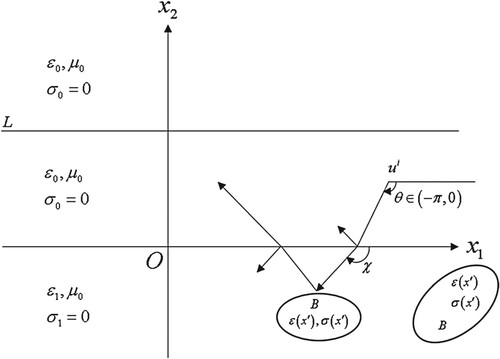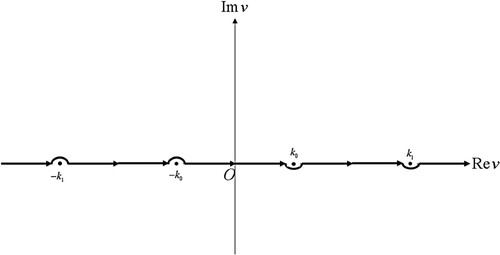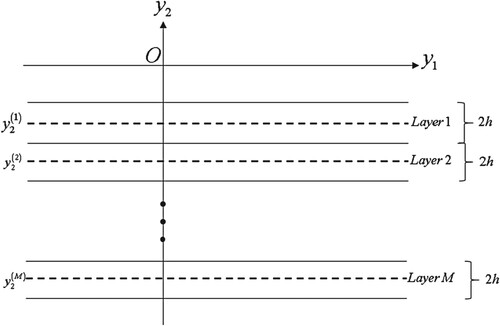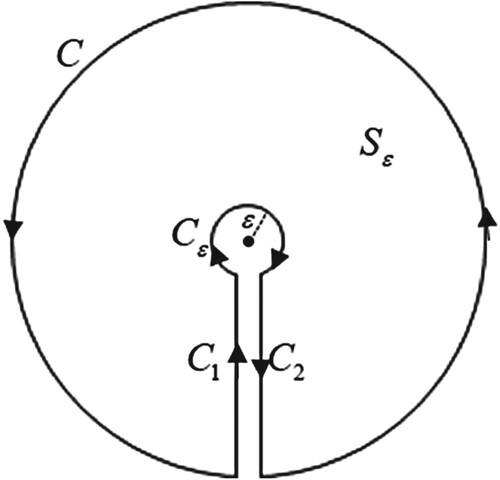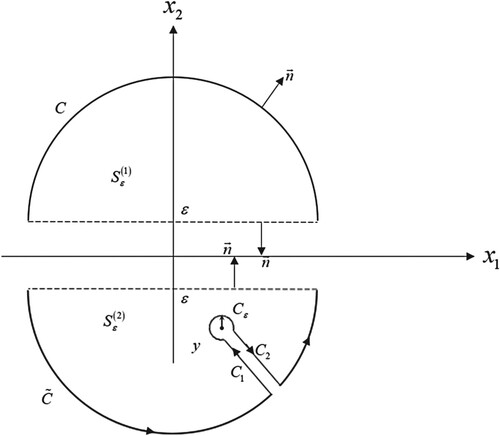Figures & data
Figure 4. (a) The variation of the basis function and its support, (b) The Fourier transform variation of
and its duration.

Figure 6. The geometries and the parameters for the illustrative examples. (a) Single cross-sectional case for , (b) Case of several disjoint parts for
.
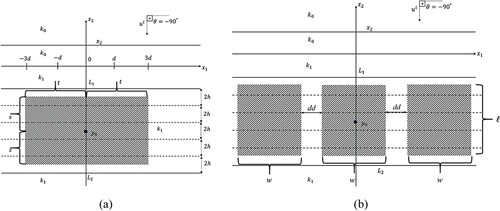
Figure 7. The computed and exact values of the object function for the case where the body
is completely out of the region
. (a) Computed solution, (b) Exact solution.
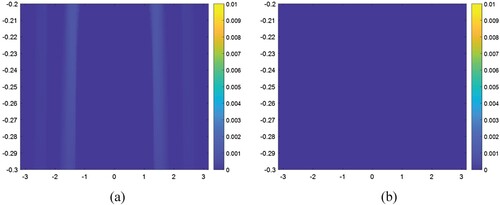
Figure 8. The computed and exact values of the object function for the case where a half of the body
is in the region
. (a) Computed solution, (b) Exact solution.

Figure 9. The computed and exact values of the object function for the case where the body D is completely in the region
.

Figure 10. The computed and exact values of the object function for the case where the cross-section
consists of two disjoint parts. (a) Computed solution, (b) Exact solution.
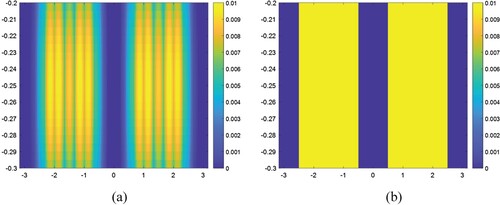
Figure 11. The computed and exact values of the object function for the case of diagonally overlapped disjoint parts of
. (a) Computed solution, (b) Exact solution.
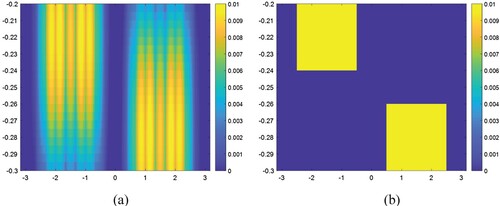
Figure 12. The computed and exact values of the object function for the case where the cross-section
consists of three successive disjoint parts. (a) Computed solution, (b) Exact solution.
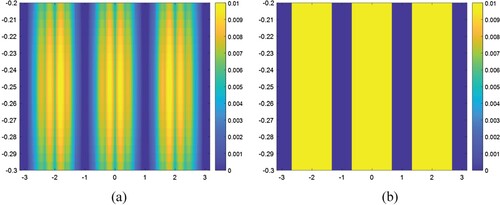
Figure 13. The computed and exact values of the object function for the case of full overlapped disjoint parts of
. (a) Computed solution, (b) Exact solution.
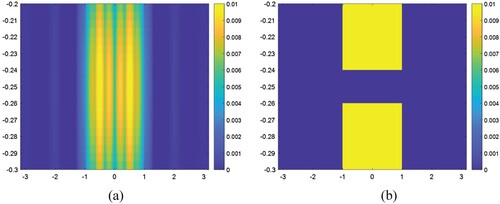
Figure 14. The computed results of the object functions related to different values of . (a)
, (b)
, (c)
.

Figure 15. The computed results for the non-regularized situation. (a) Single cross-sectional case, (b)Triple cross-sectional case.
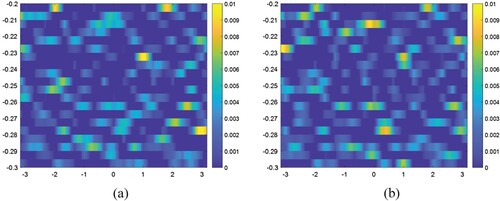
Figure 16. The computed and exact solutions of the object function considered as an illustrative in [Citation32]. (a) Computed solution, (b) Exact solution
![Figure 16. The computed and exact solutions of the object function υ(x′) considered as an illustrative in [Citation32]. (a) Computed solution, (b) Exact solution](/cms/asset/ce7bfbb4-d376-4b9e-a6e1-bc4177d85e18/gipe_a_2248355_f0016_oc.jpg)
Figure 17. The computed and exact solutions of the object function considered as an illustrative in [Citation31]. (a) Computed solution, (b) Exact solution.
![Figure 17. The computed and exact solutions of the object function υ(x′) considered as an illustrative in [Citation31]. (a) Computed solution, (b) Exact solution.](/cms/asset/f8660056-aabe-4bb9-8408-7e2af24630e7/gipe_a_2248355_f0017_oc.jpg)

